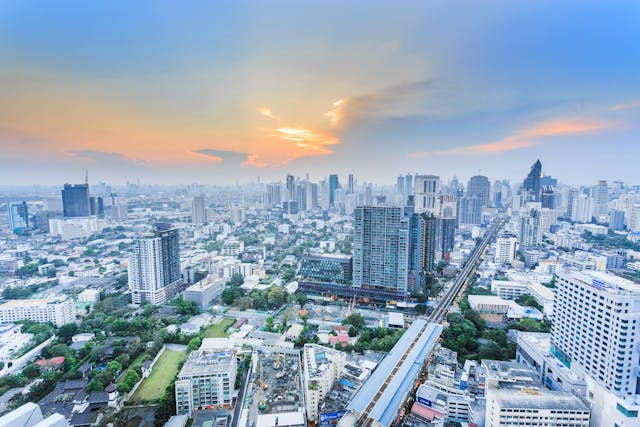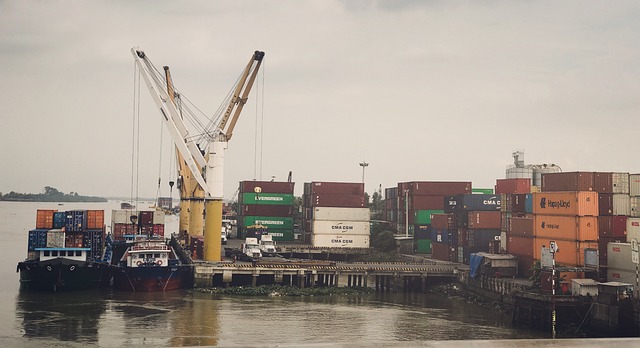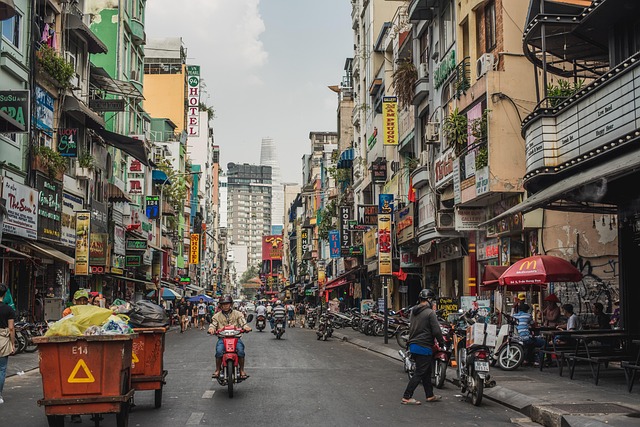Comparing Sourcing Benefits: Vietnam vs. China
China is known for its massive production capacity and infrastructure, but will it stay that way for long? And how can a considerably smaller country like Vietnam compete?
As global markets shift and supply chain resilience becomes a top priority, more foreign companies are re-evaluating their sourcing strategies. While China has long been the world’s top factory, Vietnam is quickly gaining attention as a worthy competitor. Rising labor costs, trade tensions, and shifting geopolitical dynamics have dealt a blow to China’s sourcing appeal, prompting businesses to diversify their supply chains.
In this article, we break down the key sourcing benefits of Vietnam vs. China, with clear comparison tables to help you decide which country aligns best with your supply chain goals.
1. Labor Costs
| Factor | Vietnam | China |
| Average Monthly Wage | ± 200–400 USD | ± 400–800 USD |
| Labor Market Growth | Rapid, with a young workforce | Slower, with an aging population |
| Best For | Labor-intensive manufacturing | Skilled or semi-skilled production |
Verdict: Vietnam wins with its affordable labor advantages, especially for high-labor, low-skill industries like textiles and furniture.
2. Manufacturing Capabilities
| Factor | Vietnam | China |
| Technical Manufacturing Industries | Limited (textiles, footwear, electronics) | Advanced (electronics, machinery, automotive) |
| Production Scalability | Growing, but limited | Highly scalable across industries |
| Raw Material Availability | Often imported from China | Abundant local supply chains |
Verdict: China has broader and more mature manufacturing capabilities, but Vietnam is catching up in key sectors.
3. Infrastructure and Supply Chain Logistics
| Factor | Vietnam | China |
| Port Infrastructure | Improving, but not yet up to par | World-class and high-capacity |
| Transport Efficiency | Moderate, with ongoing development | High-speed rail and robust highways |
| Industrial Parks | Growing with FDI support | Extensive and fully integrated |
| Lead Times | Slightly longer | Short and consistent |
| Supply Chain Ecosystem | Less integrated | Deeply integrated |
Verdict: China leads in more efficient logistics and integrated infrastructure, though Vietnam is rapidly investing in modernization.
4. Trade Agreements and Tariffs
| Factor | Vietnam | China |
| US Tariffs | Avoids many US tariffs | Subject to US-China tariffs |
| Global FTAs | CPTPP, EVFTA, RCEP | RCEP, but fewer Western FTAs |
| Trade-Friendly Markets | EU, Japan, Australia, US | Asia-focused, with current trade disputes in the US and EU |
Verdict: Vietnam offers stronger access to tariff-free exports in Western markets.
5. Political and Regulatory Environment
| Factor | Vietnam | China |
| Government Support | Pro-FDI, offering multiple tax incentives | Pro-FDI but more state-controlled, meaning stricter government oversight |
| Bureaucracy | Moderate | Complex and regionally varied |
| Regulatory Risk | Low geopolitical tension | Higher conflict due to the US-China trade rivalry |
Verdict: Vietnam has a more welcoming regulatory climate for foreign investors.
6. Product Quality and Technical Expertise
| Factor | Vietnam | China |
| Product Consistency | Gradually improving | High, especially in tech sectors |
| Skilled Labor Pool | Growing, but still new | Strong and experienced |
Verdict: China excels in quality for complex products, though Vietnam is catching up quickly.
Final Verdict: Which Country Should You Choose?
| Business Need | Best Choice |
| Low-cost and labor-intensive manufacturing | Vietnam |
| High-volume and high-tech production | China |
| Faster and more integrated supply chain | China |
| Lower export tariffs to the EU and the US | Vietnam |
| Warmer regulatory climate for foreigners | Vietnam |
| Consistent product quality and proven track record | China |
Bonus Strategy: China + Vietnam = Best of Both Worlds?
Sourcing from Vietnam vs. China isn’t as simple as picking one over the other. Both have their pros, cons, risks, and rewards. That’s why many foreign companies are implementing a “China Plus One” strategy, where they maintain some operations in China while expanding into Vietnam. This approach balances cost and continued supply chain resilience, giving businesses a competitive edge in an increasingly volatile global market.
Work with Double M to Make the Right Sourcing Choices
Making the right sourcing choices is a strategic decision that depends on your industry, product complexity, budget, and target markets. From the comparison tables we’ve provided, here’s a summary of what each country does well:
- Vietnam offers cost efficiency, tariff advantages, and growing capabilities.
- China delivers scale, speed, and technical excellence.
To make sure you make a sound and profitable sourcing investment, work with a devoted and experienced market entry consultant like Double M. We provide supplier sourcing services in Vietnam that take you from establishing a database, contacting chosen suppliers, to finalizing online meetings.
Contact us to confidently design a sustainable, cost-effective, and foolproof sourcing strategy that positions you for long-term success in ASEAN and beyond.









